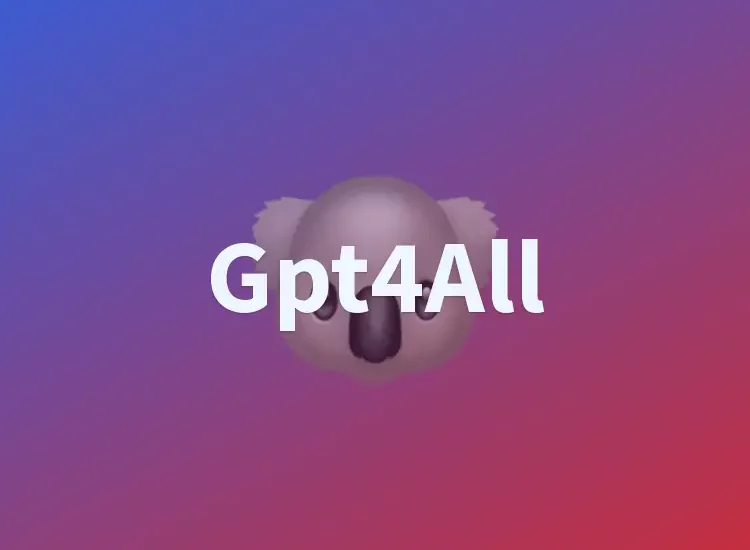The field of natural language processing (NLP) has seen significant advancements over the past few years, particularly with the advent of advanced AI models such as GPT-4 by OpenAI and Alpaca.cpp. These AI models have significantly impacted sectors like education, healthcare, finance, among others, by allowing seamless human-machine interaction.
This article will delve into these two powerful AI models: GPT4All, based on the GPT-4 architecture, and Alpaca.cpp, a contemporary contender in the AI landscape. We’ll provide an in-depth comparison between the two, exploring their functionality, strengths, and potential drawbacks.
GPT4All: An Overview
GPT4All, the successor to the previous iterations of the GPT series (with GPT-3 being the most known), is a state-of-the-art language model developed by OpenAI. It leverages the transformer architecture, a deep learning model architecture based on self-attention mechanism. GPT4All can generate human-like text, make predictions, answer questions, translate languages, and even write code.
One of its distinguishing features is its extensive training on a diverse range of internet text. However, it should be noted that GPT4All, like its predecessors, does not understand the text it generates or processes. It’s like a complex pattern recognition system, predicting what comes next based on the inputs it has seen during its training phase.
Alpaca.cpp: An Introduction
Alpaca.cpp, on the other hand, is another sophisticated AI model that brings a unique approach to the AI field. Unlike GPT4All, which uses a transformer-based model, Alpaca.cpp is based on a different architecture. It is specifically designed to create a more dynamic interaction between the user and the machine by grasping the context better and providing more specific responses.
Alpaca.cpp has also been programmed to deal with diverse tasks across different sectors. While it can also generate human-like text and handle other NLP tasks like GPT4All, its design focuses more on contextual understanding and dynamic response generation.
Comparison: GPT4All vs Alpaca.cpp
To compare these two powerful models, we need to look at their performance, application, and adaptability.
Performance:
GPT4All excels at producing longer, coherent pieces of text, thanks to its extensive training data and powerful transformer-based model. It’s highly efficient at pattern recognition and prediction, which makes it suitable for a wide variety of tasks like drafting emails, writing code, and creating human-like chatbots.
Alpaca.cpp, in contrast, is specifically designed to handle dynamic, context-heavy tasks. Its architecture allows it to respond to changes in context more dynamically, providing more specific and accurate responses in interactive situations.
Application:
Both models have wide-ranging applications. They can be employed for generating human-like text, translation, summarization, and more. However, given Alpaca.cpp’s enhanced contextual understanding. It might perform better in specific scenarios where a more dynamic understanding of the context is required.
Adaptability:
Both models can be fine-tuned to adapt to specific tasks. GPT4All, with its transformer architecture, has proven to be highly adaptable and versatile, handling a broad range of tasks effectively. Alpaca.cpp, with its unique architecture, also offers high adaptability, especially in dynamic, context-rich scenarios.
Conclusion
While both GPT4All and Alpaca.cpp are revolutionary in the AI field. They each have their own strengths and potential areas for improvement. GPT4All excels in pattern recognition and generation of coherent, longer text, while Alpaca.cpp shines in its dynamic contextual understanding and specific response generation. Ultimately, the choice between these two models depends on the use case, desired outcomes, and the level of interaction required.
As AI language models continue to evolve and improve. It is essential for businesses, researchers, and developers to keep an eye on the latest advancements and understand how they can harness the power of these cutting-edge technologies. Both GPT4All and Alpaca.cpp have set the stage for further innovation and development in the NLP domain. Opening up new possibilities and applications for AI-driven solutions in various industries.
In conclusion, it is not a question of which model is inherently better. But rather which model is better suited to the specific task at hand. By carefully analyzing the requirements of your project. You can choose the most appropriate AI model to help achieve your goals while maximizing efficiency and effectiveness.
